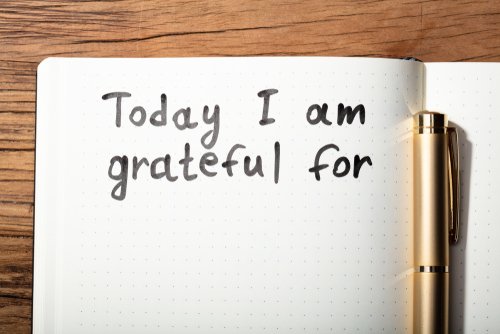It’s World Gratitude Day, on the 21st September, here are some tips, which may help you with lesson planning if you intend to recognise on the day.
Did you know that today is Random Act of Kindness Day? Did you know teaching children gratitude can help their wellbeing?
Teaching children gratitude: does encouraging children to say “thank you” teach them anything?
Teaching children gratitude does not just mean asking them to say, ‘thank you”, but we have all done it; we prompt them with, “what do you say” then the child says, “thank you.” However, what do they understand by it? and what does them learning by rote teach them if anything? The aim for the adult in this situation is to teach the child to be grateful and to encourage them to acknowledge the kindness that another person has paid them. So, are the better ways to teach children gratefulness?
What is gratitude?
Gratitude can be described as a good feeling about what you have in life – people and things. It’s a positive focus on what’s good in our lives and being thankful for them. It may involve pausing to notice what we have, appreciating the things that we often take for granted, or acknowledging a kindness someone has done for us.
Benefits of children experiencing gratitude
A child as well as others can benefit from routinely practising gratefulness. Benefits can include:
- Better sleep
- Improved immune system
- Lowered inflammation levels
- Boosted dopamine and serotonin in levels
- Better management of emotions
- Contribution to social-emotional development
- Improved relationships
- Improved coping ability
- Higher academic achievement
- Happiness
- Increased compassion for others
- A positive outlook on life
Teaching gratitude in the classroom
Gratitude can learnt by understanding why we are grateful and through developing a habit involving daily practice. The following tips assist with teaching gratitude in the classroom.
- Set an example.
- Point out generosity routinely in class.
- Explore what children understand about gratitude. Ask what children think gratitude is? Is it a feeling, acknowledgment to someone else, a behaviour?
- Explore how children feel when someone acknowledges their act of kindness and when it goes unnoticed.
- Help children start a gratitude diary.
- Devise a project to encourage children to record things they are grateful for through photos.
- Help them start a list of people in their life that they feel help them.
- Teach compassion about other less fortunate.
- Teach some cultural and spiritual awareness about gratitude as a project: different cultures and religions can include regular time spent practising gratitude.
- Read books and stories in class that teach gratitude.
Here we have recommended a few:
Primary school
Grow Grateful: helps children focus on things to be grateful for all around them.
Those Shoes: discusses the difference between “needs” and “wants.”
Thankful: with rhyming text.
Infants
Before We Eat: This story teaches gratitude by enlightening children what goes into making their food.
Last Stop on Market Street: In this book, a little boy rides with his grandma across town. During his journey he realises he doesn’t have some things that others have. Grandma helps him see the beauty in the things they do have.



